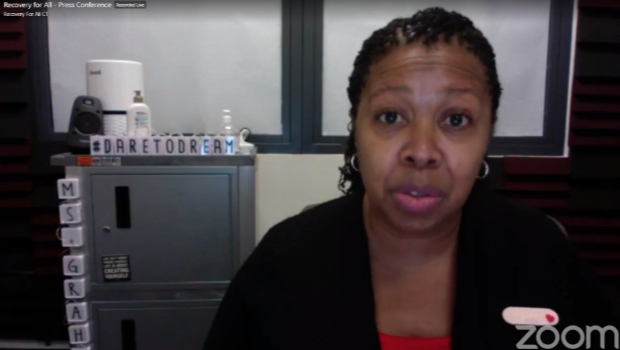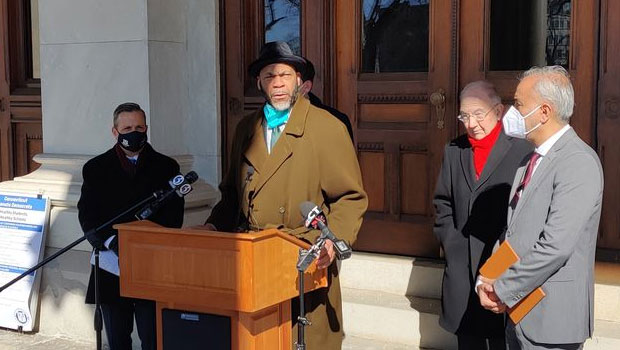Recruitment and Retention of Educators and Revitalizing School Climates
Improve the recruitment and retention of educators in our public schools and revitalize the conditions for teaching and learning.
RECRUITMENT
Streamline educator preparation and highly qualified certification.
Require updates to the certification process including flexibility, stipends, expansion of opportunities for second career educators, notification of areas of teaching shortages and surpluses, and replace PRAXIS with observational experiences.
Provide financial incentives for educators.
Provide fiscal incentives for aspiring educators such as tax exemptions, expanded loan forgiveness, and externships.
Promote teaching as a career.
Create a statewide public relations campaign to promote the teaching profession and other certified school staff professions that attracts more individuals for critical shortage areas.
RETENTION
Provide supplemental financial incentives for educators.
Provide fiscal incentives for educators such as tax credits or a supplemental stipend.
Ensure adequate prep time.
Require boards of education to provide uninterrupted and undirected prep time of no less than 45 minutes.
Protect duty-free lunch periods.
Guarantee at least 30 minutes of uninterrupted time for lunch periods or the current contractual amount.
Promote health and well-being for teachers.
Establish a statewide program with resources to promote well-being and work-life balance.
Support early career educators.
Promote the development and support of an early career educator mentorship program and review the efficacy of TEAM.
Reduce standardized testing burdens.
Reduce the amount of time for mastery examinations and limit the testing to specific grades between grades 3 and 11.
Incorporate the vision of the graduate into the school accountability system.
Diminish reliance on testing by ensuring that the vision of the graduate is a part of the state’s accountability system.
REVITALIZATION
Simplify and improve teacher evaluation and support.
Refocus teacher evaluation to support educator growth and streamline the process by allowing for greater flexibility and eliminating the requirement for an annual rating.
Allow for teacher-driven PD.
Create a task force to recommend professional development (PD) reductions to promote greater flexibility and additional time for relevant and educator-driven PD.
Enhance administrator readiness.
Revise administrator certification to include greater preparation in human resource management and creating a positive school climate.
Support teachers with acceptable counselor, social worker, and other certified staff ratios.
Ensure that the ratios of social workers, school counselors, speech pathologists, and other certified staff meet national standards. For social workers and school counselors, the student to teacher standard is 250:1; for school psychologists, it’s 500:1; and for special education teachers, speech pathologists, and paraprofessionals, ratios recommended by nationally recognized organizations. Additionally, acceptable ranges for SPED caseload size would be determined.
Promote developmentally appropriate curricula in early grades.
Work with appropriate experts to reinforce educational value of play, limit standardized testing, and revise the Common Core Standards for students in early grades to promote age-appropriate learning and development.







